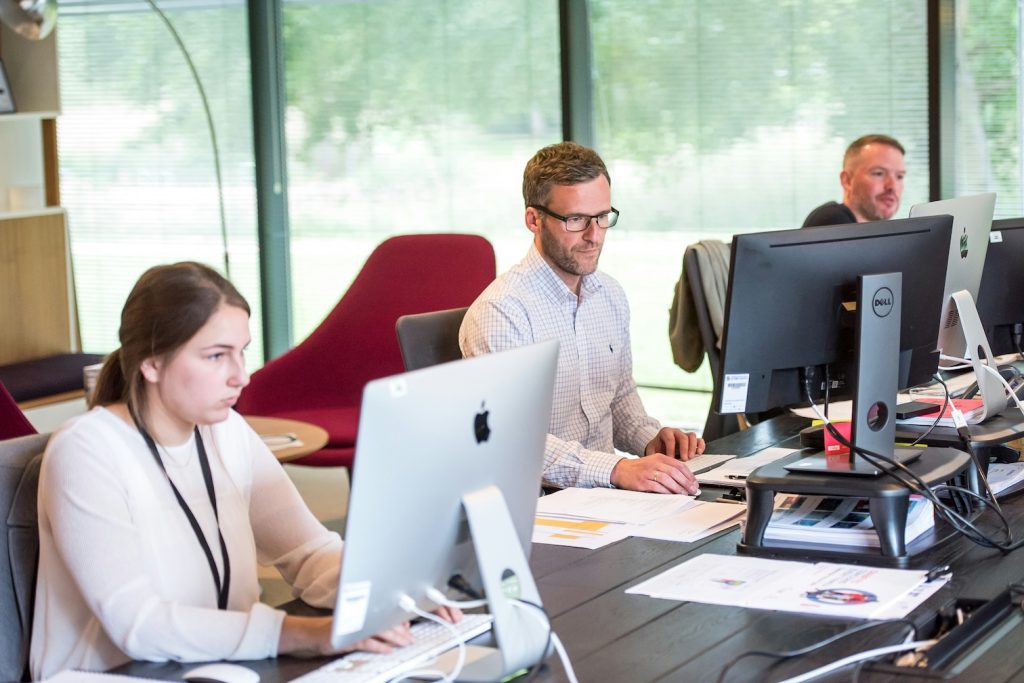Traditional strategic workforce planning is being buffeted on multiple fronts this year, challenging organizations to grapple with scenarios that have deviated sharply from forecasts.
It’s not only the volatility of the current business landscape, with its shifting macroeconomic forces and industry disruptions. It’s also the rise of AI, which has added both complexity and capability to strategic talent planning — challenging leaders to rethink workforce composition as automation and new skill demands evolve rapidly while also offering powerful tools for predictive analytics, scenario modeling, and dynamic talent optimization.
After a period of relative stability in 2024, optimism regarding current economic conditions has noticeably declined. Currently, 45% of HR executives rate economic conditions as fair, while 43% rate conditions as poor or very poor, according to SHRM’s Q2 2025 CHRO Economic Outlook. Only 13% of HR executives have a positive view. Compared to the first quarter of the year, the share of HR executives who view conditions negatively has jumped by 30 percentage points.
A spring 2025 study from The Conference Board found that HR leaders may be proactively managing costs in anticipation of greater economic headwinds to come: 41% implemented layoffs in the past six months, up from 30% in 2024. HR leaders say they are still struggling with talent shortages and lack talent planning related to AI capabilities.
“In a year like 2025, where uncertainty and volatility are the norm, organizations need to build strategic workforce planning models that are inherently flexible and scenario-based,” said Charlotte Seiler, associate partner at McKinsey & Company. “The key is to think long-term — typically over a three-to-five-year horizon — but with the ability to adapt as the drivers of work evolve.”
Building Agile Plans
Seiler said planning models should reflect not just where the business is headed, but also how external factors, such as economic shifts or technological advancements, might impact workforce needs. “Flexibility is critical as no forecast will ever be perfect, and course corrections will inevitably be required,” she said.
Effective strategic workforce planning relies on taking a scenario-based, probabilistic approach rather than a deterministic one, said futurist Ravin Jesuthasan, global leader for transformation services at Mercer. “Ensure you have multiple scenarios mapped out and the consequences and implications of each scenario as it relates to the business and the workforce,” he said.
Equally vital is continuously updating those scenarios, Jesuthasan said. “Situations are fluid. They should be updated every few weeks as conditions change. You will start to see scenarios blend into each other. New scenarios may emerge.”
On the talent supply side, this means being ready to adjust current workforce assumptions in real time, Seiler said. “For example, if attrition rates continue to decline, as we are seeing with many of our clients, or if hiring becomes more challenging for certain critical skills, the planning model should allow for quick recalibration to highlight gaps compared to the plan,” she said.
Read full article here
AI is having a deep impact on talent composition, forecasting.

